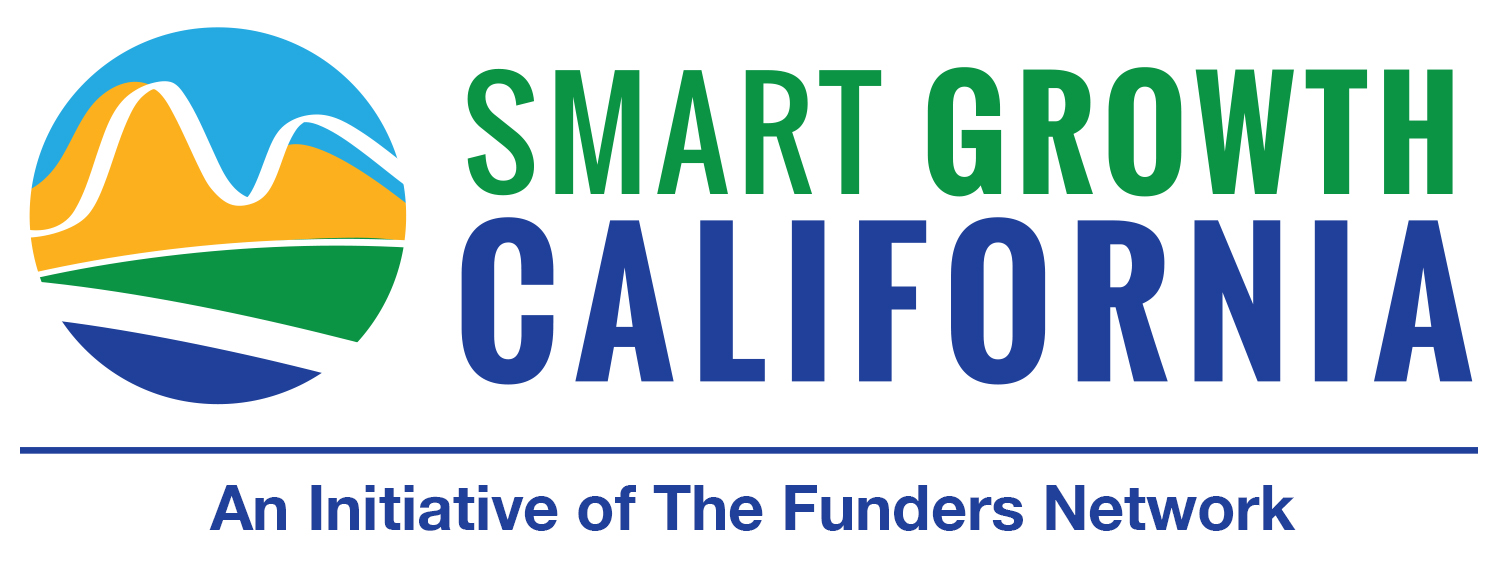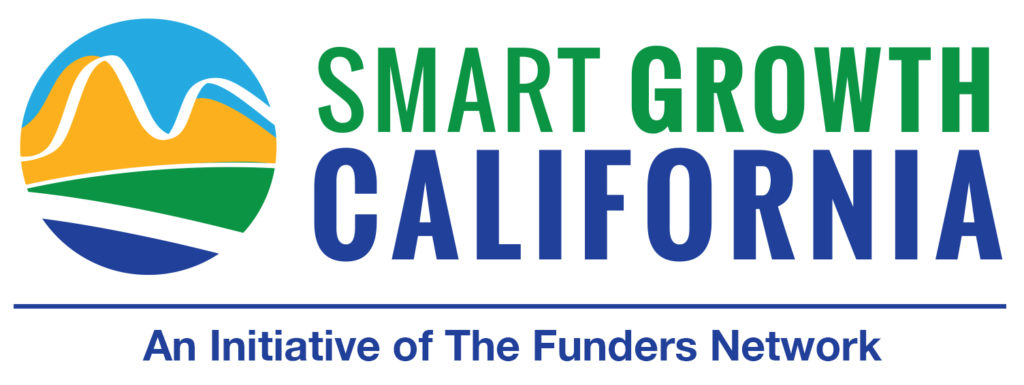Building a Bikeable City for All
This article references several reports and highlights on-the-ground efforts to make social equity more central to discussions about bicycle infrastructure and advocacy, especially since people of color account for the fastest growing group of riders in cycling.
READ MORE >April 2016
Next City
social justice, walking and bicycling
Protecting the Most Vulnerable: A Financial Analysis of Cap-and-Trade’s Impact on Households in Disadvantaged Communities Across California
This study looks at how California could more than offset the cap-and-trade compliance costs that are passed on to consumers of electricity, natural gas, and gasoline, with specific mitigation strategies.
READ MORE >April 2016
UCLA Luskin Center for Innovation
clean energy, climate change, social justice
Can New Transportation Technologies Improve Equity and Access to Opportunity?
This report looks at the pros and cons of subsidizing trips on ridesharing services like Uber and Lyft to connect economically disadvantaged individuals and families with larger public transportation systems.
READ MORE >April 2016
Center for American Progress
social justice, transportation
How Rising Commercial Rents Are Threatening Independent Businesses, and What Cities Are Doing About It
This report examines how high rents are shuttering businesses and stunting entrepreneurship. It also explores six strategies cities are using to create an affordable built environment where local businesses can thrive.
READ MORE >April 2016
Institute for Local Self-Reliance
community development, economic opportunity, social justice
Sustainable Communities Strategies and Conservation
This report looks at the potential of SB 375 to transform land use in California and includes a survey of conservation measures in existing Sustainable Communities Strategies, along with conservation-related proposals that were made but not adopted in each region. It also includes a selection of model policies and best practices for future Sustainable Communities Strategies.
READ MORE >April 2016
The Nature Conservancy; Sequioa Riverlands Trust
agriculture, climate change, open space and parks
What Makes Housing Too Expensive
This article compiles various sources and looks at solutions to the urban housing affordability crisis. It proposes that government regulation for producing new housing must be reduced while increasing funding for affordable housing must be increased.
READ MORE >April 2016
BloombergView
affordable housing, gentrification and displacement
Toward a Sustainable Future: Is Southern California on Track?
In 2012, the Southern California Association of Governments adopted its first Sustainable Communities Strategy as required by state law SB 375. This report assesses the region’s progress in achieving the ambitious emissions, transportation, and land use goals set in the region’s Sustainable Communities Strategy.
READ MORE >April 2016
ClimatePlan
climate change, transportation, walking and bicycling
How Lyft and Uber Can Improve Transit Agency Budgets
This paper looks at how transportation network companies like Uber and Lyft could make transportation services for people with limited mobility (often called paratransit and dial-a-ride) more affordable plus lead to new partnerships between transit agencies and these companies.
READ MORE >March 2016
Brookings
transportation
California Migration: A Comparative Analysis
This report takes a closer look at the 625,000 more people who moved out of California to other states than moved into California from other states between 2007 and 2014.
READ MORE >March 2016
Beacon Economics and Next 10
affordable housing, economic opportunity
Health in Housing: Exploring the Intersection between Housing and Health Care
This report shows that pairing affordable housing with health care services significantly increases access to primary care and reduces emergency department visits while lowering Medicaid costs.
READ MORE >March 2016
Enterprise; Center for Outcomes Research
affordable housing, public health
Urban Revival? Not for Most Americans
This article looks at the change in urban living for detailed demographic groups based on Census data analyses and confirms that the American population overall continues to suburbanize, while the “urban revival” is heavily skewed toward rich, young, educated Whites without school-age kids.
READ MORE >March 2016
Jed Kolko
gentrification and displacement, social justice
Smart Mobility for Smart Growth: Implementing SB 743 and Complete Streets in San Diego
In 2013, California adopted SB 743, a landmark law that modified the California Environmental Quality Act (CEQA) so that transportation projects must now be evaluated based on Vehicle Miles Travelled (VMT). The law offers the opportunity to create more balanced transportation systems, with fewer costly impacts on communities. This report looks at how local governments can incorporate the proposed new standards into their planning processes to create better transportation systems.
READ MORE >March 2016
Circulate San Diego; Complete Streets Task Force
transportation
The Affordable Housing Gap Analysis 2016
This report finds that only 31 affordable rental units are available per 100 extremely low-income households in the US.
READ MORE >March 2016
National Low Income Housing Coalition
affordable housing, social justice
US Concentrated Poverty in the Wake of the Great Recession
This analysis looks at how and where extreme poverty has increased over time. Following the recession, the number of poor people living in concentrated poverty in suburbs grew nearly twice as fast as in cities.
READ MORE >March 2016
Brookings Institution
affordable housing, gentrification and displacement, social justice
Household Expenditures and Income
This shows that while this expense has been inching up for everyone, the poorest third of Americans now spend about 50 percent more on all their housing costs than they did back in 1996. The poorest third of families spent more on gas in 2014 than on all of their transportation costs combined in 1996.
READ MORE >March 2016
The Pew Charitable Trusts
affordable housing, social justice, transportation

